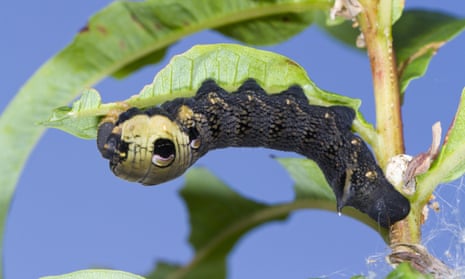Though in her later years my mother could barely walk, she still loved to be driven through the woods, especially at this time of year. The combination of low-angled sunlight and the golden and bronze canopy had her glued to the car window. If she spotted a small child kicking their wellington boots through the leaf litter, her joy was complete. She might no longer have done such things herself, but she still had the memory of it.
This autumn has been unusually brilliant, the long spell of dry settled weather providing a spectacular display and deepening piles of crisp leaves. And the fact that my mother died just as it was starting added extra poignancy to the familiar pattern of the fading year.
To lift my spirits, I have been walking through this ancient woodland most days. “Nothing gold can stay,” Robert Frost promised, but even in mid-November, the trees are still holding leaves, most noticeably those of the sweet chestnut – lemon yellow and transparent against the sunlight, but tan on the ground, their saw-toothed outline so much bigger than the coppery beech.
Leaf senescence, like its human equivalent, can seem drily academic when viewed at the cellular level. The chloroplasts that feed the trees break down, and enzymes degrade the chlorophyll they contain, changing leaf colour in the process. Yet, to the human eye, a mosaic whose overall effect was flat green has been transformed into glittering fragments – some compensation for the withering hours of daylight.
Life goes on, even in the heaps of dead leaves, which will even out the bumps in temperature for creatures living close to the soil. They also offer shelter to larvae of all sorts of Lepidoptera, including the elephant hawk moth, a local favourite but increasingly scarce hereabouts. Tucked up in their leafy haven, larvae enter a state of arrested development known as the diapause.
In the distance I hear the insistent blast of a leaf blower, a sound someone recently described to me as “the eighth trumpet of the apocalypse”. For the moths and butterflies in Britain’s gardens, that is literally true.

Comments (…)
Sign in or create your Guardian account to join the discussion